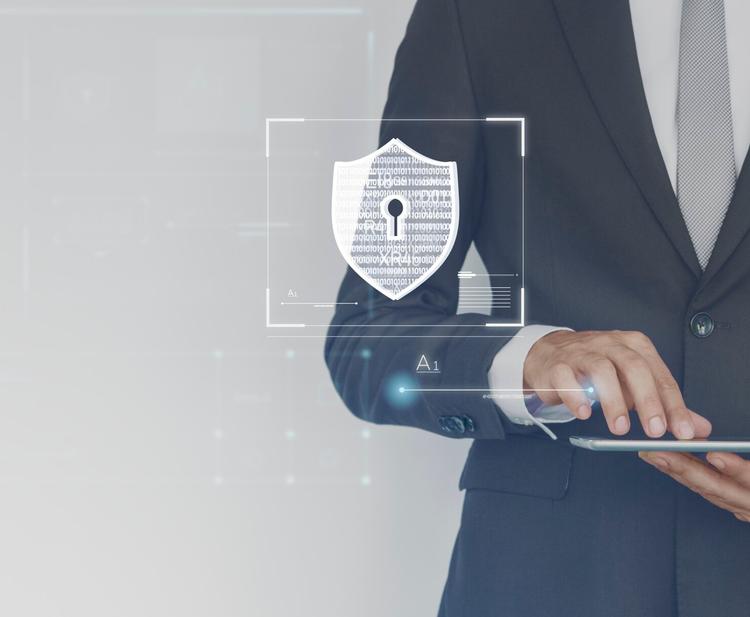
The Significance of Securing Serverless Environments
The landscape of technology has been transformed by serverless computing, liberating developers from managing physical servers and enabling them to focus solely on coding. However, this technological leap comes with its own set of security concerns. Misconfigurations, vulnerable dependencies, and inadequate data encryption pose potential risks, jeopardizing the confidentiality and integrity of sensitive information. Ensuring the security of serverless environments is vital to safeguard against external threats and protect the fundamental integrity of stored data.
Essential Practices for Secure Serverless Environments
Authentication and Authorization:
Utilize robust Identity and Access Management (IAM) protocols alongside multi-factor authentication to ensure controlled
and secure access to resources.
Encryption Protocols:
Employ advanced encryption methodologies to secure data both at rest and in transit, safeguarding sensitive information
from unauthorized access. Data encryption helps to protect data from unauthorized access, even if it is intercepted in
transit or at rest, Encryption helps prevent data exposure because the big cloud providers use military-grade AES 256
encryption so attackers won't be able to read any data they might steal.
Continuous Monitoring and Application Layer Security:
Implement real-time monitoring tools that detect anomalies promptly. Employ firewalls and API
gateways to protect against common web application attacks.
SSL Certificates for Secure Data Transmission:
Employ SSL (Secure Sockets Layer) certificates to ensure secure data transmission between servers
and clients, enhancing the confidentiality and integrity of sensitive data during communication.
We can use these certificates to protect data in transit.
Safe password-keeping practices:
We must avoid revealing confidential passwords to safeguard our digital assets. Protecting sensitive
information is crucial for preventing unauthorized access and security breaches. Adhering to strict security
protocols is essential to maintain the confidentiality of our vital data.
Identity and access management (IAM):
IAM controls who has access to what resources in the cloud. This helps to prevent unauthorized
access to sensitive data and applications. Identity and access management (IAM) products track
who a user is and what they are allowed to do, and they authorize users and deny access to
unauthorized users as necessary.
Web application firewalls (WAFs):
WAFs filter malicious traffic and prevent attacks such as SQL injection and cross-site scripting
(XSS). We can mitigate unauthorised requests using WAF (IP Based, Geo Restriction, Rate based
limit, path-based and cross-site scripts SQL injection and many more).
Intrusion detection and prevention systems (IDS/IPS):
IDS/IPS systems monitor traffic for suspicious activity and can block attacks before they cause
damage.
Mitigating common threats, such as injection attacks and cross-site scripting, necessitates strategies including input validation, encoding, and the isolation of functions. Moreover, integrating automated security testing during the development process significantly bolsters the security posture of serverless systems.
Embracing Security in a Serverless Future
Security is an ongoing concern within the realm of serverless computing. Adherence to best practices empowers businesses to confidently harness the advantages of this technology while mitigating potential risks. The amalgamation of robust security practices with serverless computing not only fortifies data protection but also enables organizations to capitalize on the scalability and efficiency benefits without exposing themselves to potential vulnerabilities. Security on serverless architecture is easy to implement as it is easier to migrate underline OS and update OS patches. This persistent commitment to security within serverless environments ensures a robust foundation for the future of cloud technology. Continual adaptation to emerging threats and the evolution of best practices allow businesses to effectively secure serverless environments, establishing a resilient infrastructure capable of supporting innovative digital transformations.

By prioritizing security measures at every stage, organisations can confidently leverage the potential of serverless computing, ensuring the safety and integrity of their data while maximizing the efficiency and scalability offered by this cutting-edge technology.
Emphasizing Security in Serverless Environments
Securing serverless computing environments is a pivotal element in the digital landscape. Prioritizing security measures is not just a necessity but a proactive approach to safeguard sensitive data, ensure system integrity, and protect against potential threats. A robust security infrastructure is imperative to fully leverage the advantages of serverless computing without compromising on safety.
The integration of strong security practices with serverless technology not only addresses vulnerabilities but also empowers organizations to innovate confidently. As technology evolves, adapting and enhancing security measures will continue to be crucial for the successful deployment and utilization of serverless computing.
Srikanth Yasareni
